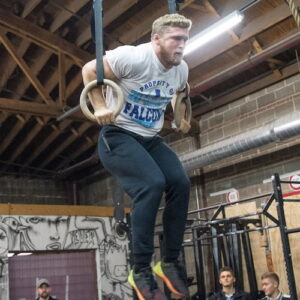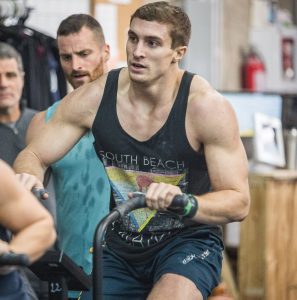Having spent time in a lot of different gyms and seen people following a lot of different competitive programs, I know for a fact that many of the coaches who write those programs would have a meltdown if they saw what was being done in their name.
I’ve seen athletes in my own gym who I personally coach doing things that have made me freak out. And, when I’m like “Ok, wait how long have you been doing this that way?” the answer is sometimes, “Well, basically the whole time.”
Misalignment on how an athlete executes a session and how a coach intends a session to be done is inevitable. Taking this gap all the way to zero is not only unrealistic, but it would also eliminate many of the opportunities athletes have to learn about their own abilities through trial and error and making mistakes.
If a coach hand holds too much by always prescribing paces, always correcting form, and always giving suggested rep schemes for fractioning, athletes become dependent and fail to develop autonomy. Just like helicopter parents can make children fearful and dependent, helicopter coaches can stunt the development of athletes.
On the other end of the spectrum, athletes will often learn the wrong lesson from their mistakes or repeatedly fail to achieve the proper training stimulus without some guidance.
How do we find the balance between being overly prescriptive while also making sure that we are still providing the necessary guidance and nudges for athletes? Check out the full conversation with Jon and Todd for our perspectives—as well as a pretty nasty assault bike challenge from Jon.
Listen Here
- iTunes
- Overcast
- Google Podcasts
- mp3
- Or stream here:
- If you’re enjoying the show, why not a leave a review? It makes a difference in terms of other people finding the show.
Show Notes:
- [00:13] How can coaches help clarify the goal of a training session for athletes? And, the surprising multitudes of ways that athletes will figure out how to do sessions incorrectly.
- [04:50] How to find the right balance between making sure that athletes have guidance in executing their sessions vs excessive hand-holding
- [12:20] Jon concocts a sadistic workout. And, the tacit knowledge that people acquire about how to train correctly from training in groups.
- [23:37] Reprise of the Colborn Challenge: Bike starting at 60rpm for males and 50 rpm for females. Increase by 3rpm every 3 minutes until failure to maintain pace.
- [27:27] When is it appropriate for coaches to prescribe unreasonable paces that may be outside of an athlete’s comfort zone?
- [34:02] If 20 people complete the Colborn Challenge, Jon will also do it. Please send images of the completed test to @legion.sc on Instagram.






